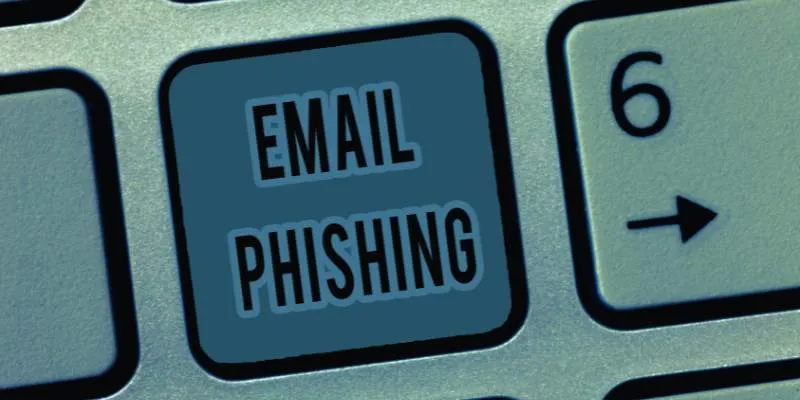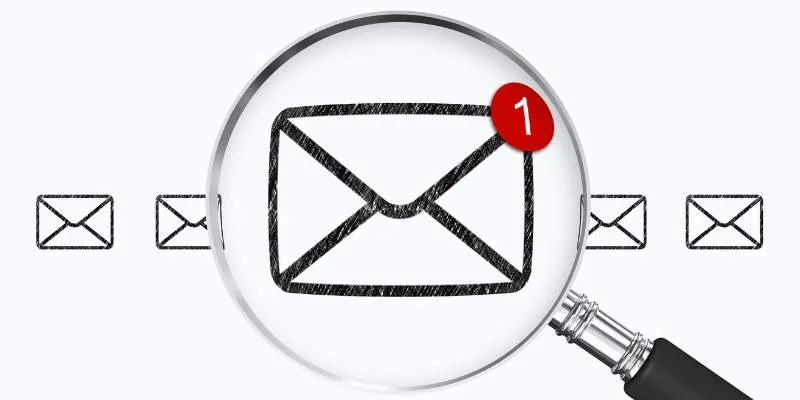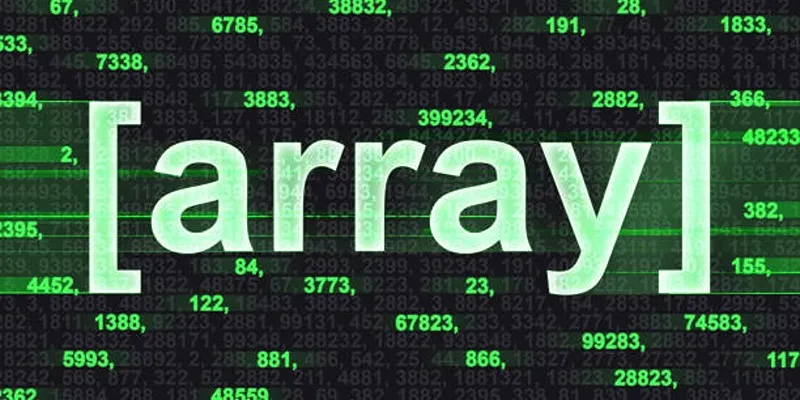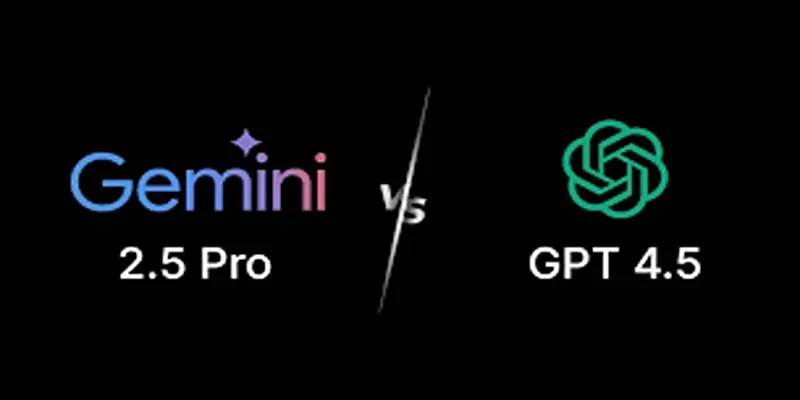Email phishing is becoming increasingly complex as cybercriminals use artificial intelligence to create convincing fraudulent emails. These emails can trick individuals into revealing private data by mimicking actual messages from friends, companies, or banks. They often contain dangerous attachments, fake links, or urgent requests.
Understanding how to recognize these scams is crucial for safeguarding your financial and personal information. This guide will discuss ten methods to identify and stop phishing emails generated by artificial intelligence. These guidelines will help you spot suspicious messages, identify warning signs, and protect yourself online. By following these tips, you can reduce your risk of fraud. Let’s explore how to stay safe in the digital world.

Effective Tips to Detect and Prevent AI-Generated Phishing Emails
Here are simple ways to identify and avoid AI-generated phishing emails to protect your personal and financial information online:
Check the Sender’s Email Address
Phishing emails often use fake email addresses. While the sender’s name may be familiar, the email address might not be. AI-generated emails might use a slight variation on a trusted domain, such as “[email protected]” instead of “[email protected].” Always hover over the sender’s email to verify it. If the address seems suspicious, avoid opening the email. If unsure, contact the company directly using a verified phone number or website.
Look for Spelling and Grammar Mistakes
Although AI-generated emails have improved, many phishing emails may still contain unusual language or grammatical errors. Some messages might sound overly mechanical or unnatural. Review emails closely and be cautious if you notice strange phrasing, missing words, or poor grammar. Trusted businesses typically check their emails for errors.
Be Wary of Urgent Requests
Phishing emails often create a sense of urgency to prompt immediate action, claiming you owe money or that your account is compromised. Scammers want you to act without thinking. If an email demands a quick response, pause and verify the request. Contact the company through their official website or phone number. Never click links in urgent communications without confirming their authenticity.
Avoid Clicking Suspicious Links
Links in phishing emails often lead to fake websites designed to steal login credentials. AI-generated phishing emails might include convincing links to fraudulent sites. Hover over links to see the real URL. If it seems odd or doesn’t match the company’s website, don’t click. Type the address directly into your browser to reach the official website.

Watch for Fake Attachments
Phishing emails may contain attachments with malware or viruses. AI-generated phishing emails might include fake invoices, receipts, or documents. Opening these attachments can compromise your device. Never download or open attachments from unknown senders. If an email seems suspicious, verify its authenticity before opening any files. Always scan attachments with antivirus software.
Verify the Greeting and Message Tone
AI-generated phishing emails might use generic greetings like “Dear Customer” or have an unusual tone—either too formal or casual. Legitimate emails from banks or companies typically address you by name. Be cautious if an email seems impersonal or doesn’t use your name. Compare the tone of the message with previous emails from the same sender. If it seems off, it could be a phishing attempt.
Double-Check Email Formatting and Design
Scammers try to mimic official emails, but AI-generated phishing emails might have minor design flaws. Fonts may vary, logos could be blurry, or spacing might be inconsistent. Compare the email with previous communications from the same company. If you notice unusual layouts, broken images, or formatting errors, be suspicious. These small details can reveal a fake email.
Search for Unusual Requests
Phishing emails often seek personal information. AI-generated scams might ask for credit card details, passwords, or social security numbers. Legitimate businesses do not request such information via email. Ignore any email asking for personal data. Contact the company directly using an official source. Never share personal information over email.
Check for Unusual Email Timing
AI-generated phishing emails might arrive at odd times to catch you off guard. Be cautious if you receive an email late at night or early morning. Review past communications from the same sender. If the timing seems strange, verify the message before responding. Always scrutinize unexpected emails from trusted sources.
Enable Two-Factor Authentication (2FA)
Enable two-factor authentication (2FA) to add an extra layer of security to your accounts. 2FA can block hackers, even in phishing attempts. Activate 2FA on email, banking, and social media accounts for enhanced security. Verification codes from SMS or authentication apps ensure only you can access your account. This additional step significantly reduces your fraud risk and enhances online security against AI-generated phishing attempts.
Conclusion:
Staying safe online requires vigilance against AI-generated phishing emails. While cybercriminals use AI to create realistic scams, careful attention can help you identify them. Always verify email addresses, avoid urgent demands, and never click suspicious links. Be cautious with attachments, formatting errors, and unusual language. Legitimate businesses won’t ask for personal information via email. Enable two-factor authentication for added protection. By staying informed and following these simple guidelines, you can reduce phishing risks and protect your financial and personal data. Awareness is key to navigating the digital landscape and avoiding online threats safely.
 zfn9
zfn9












